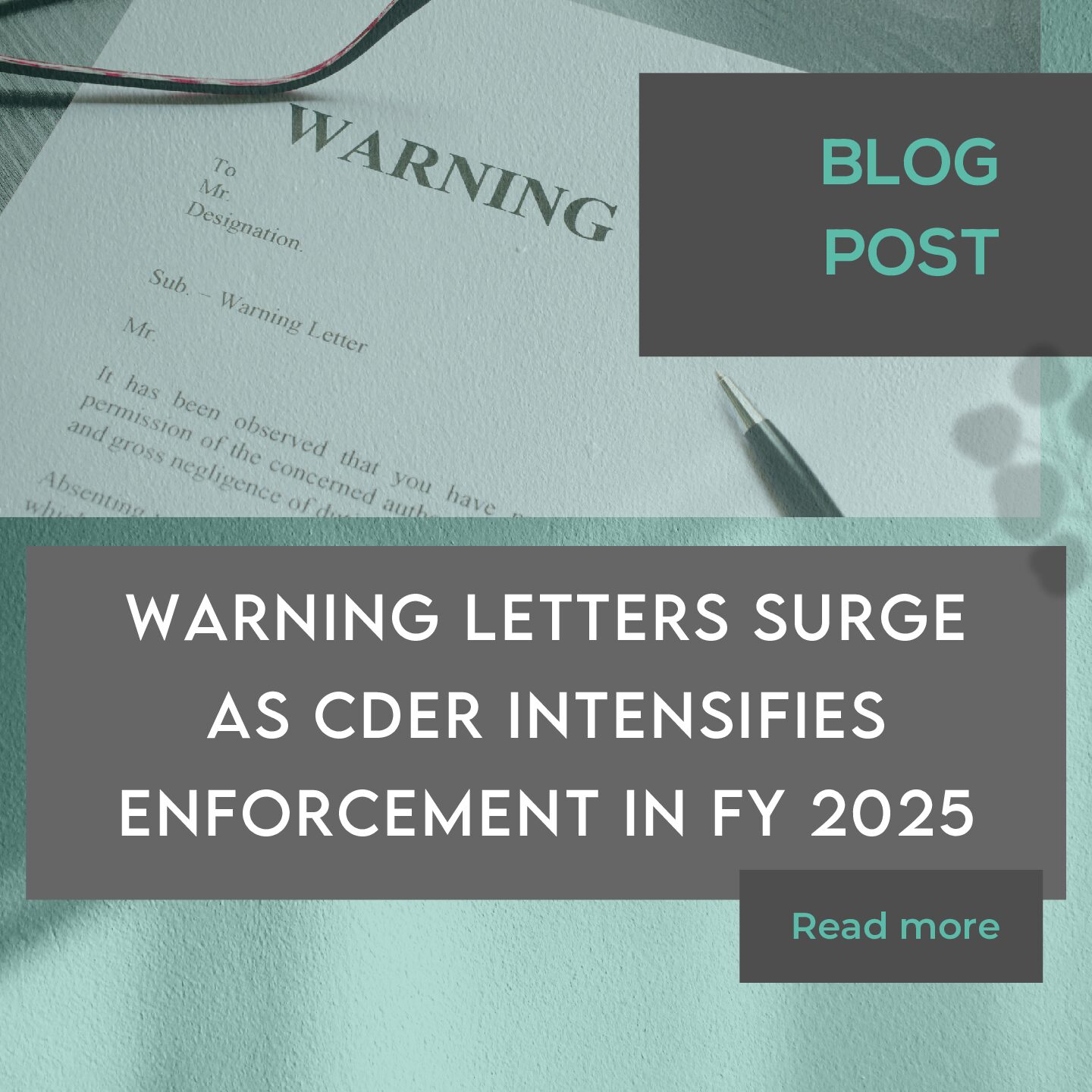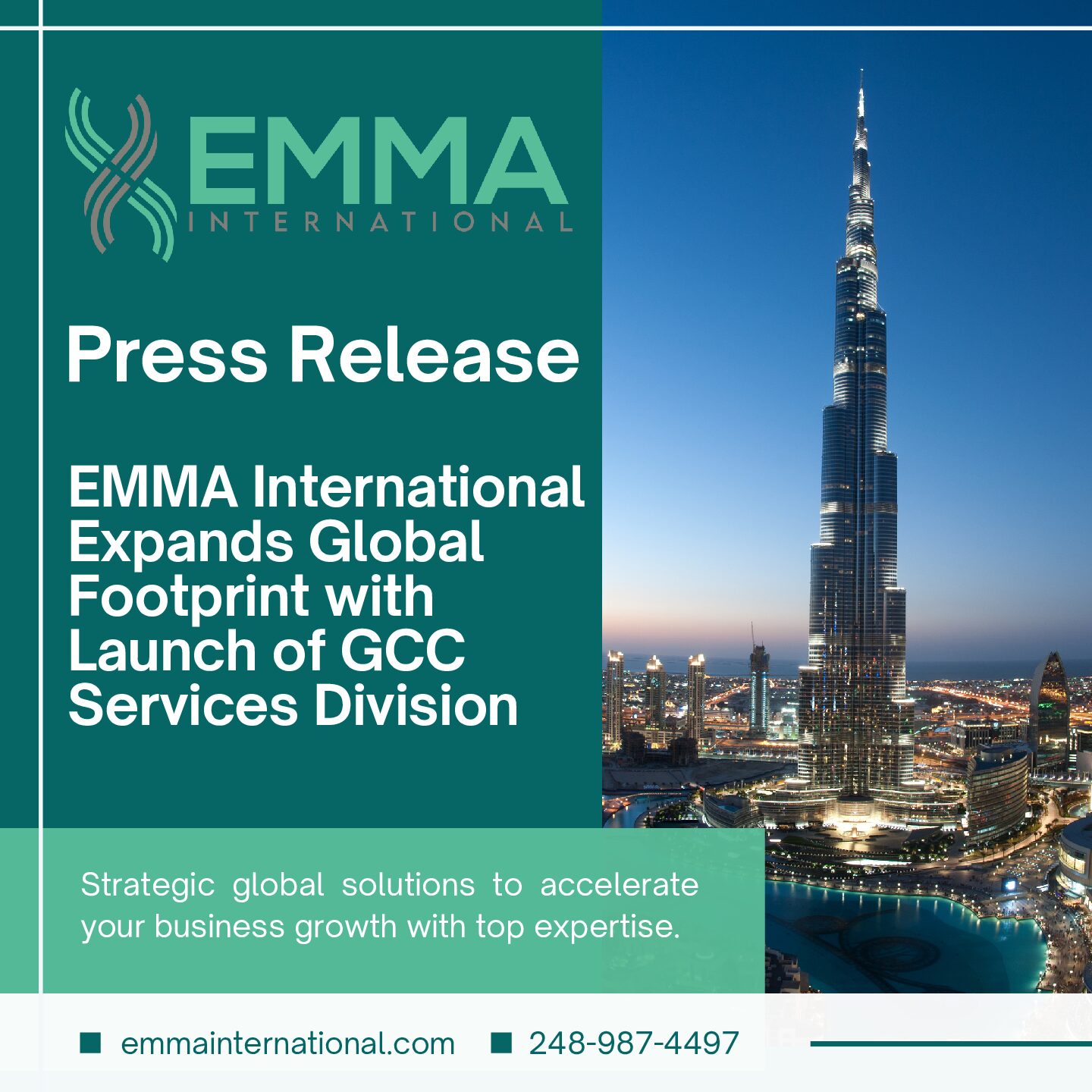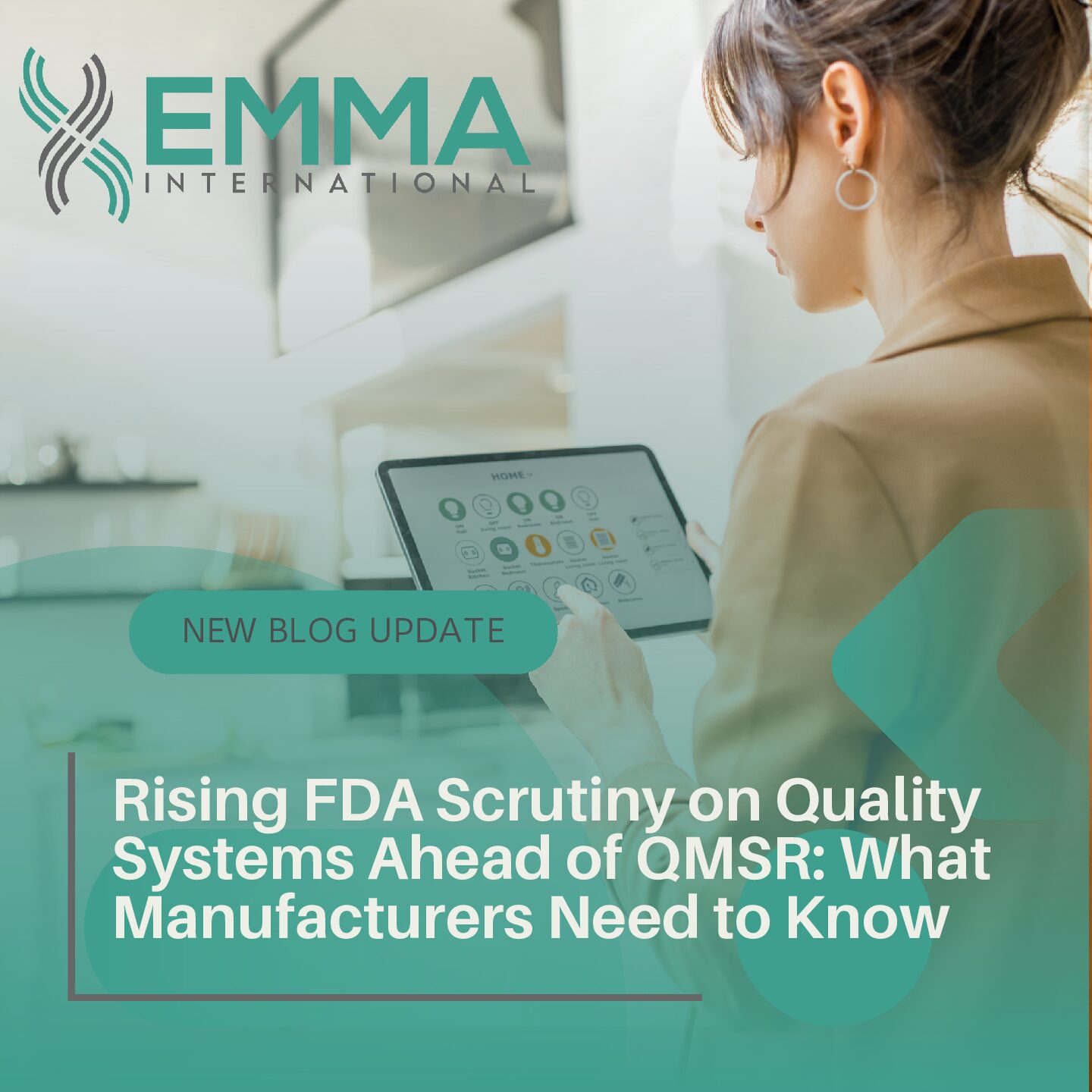The design and development process is long and challenging. At the end of the process comes what is known as design transfer. The design transfer stage is when the developed and tested design is transferred into production for the market. Though it may seem like a simple matter the truth is that the stage is complex and can often happen simultaneously with the other phases of the design and development process. For a more general overview of the design and development process check out this blog.
The FDA requires that the transfer process be included as part of the overall design plan.[1] While the other phases of the design and development process must be completed before production for the market can begin there are aspects of design transfer that occur at the same time as other parts of the process, as stated previously. For example, the development of the product specifications will occur at earlier stages of the process, but those specifications are needed for the design transfer stage. Considering how to actually produce a product is something that should be considered in the early planning stages of the design and development process. Failure to consider that will most likely lead to complications when it does finally come time for production to begin.
Having a manufacturer, whether the manufacturer is the product owner or a contract manufacturer, in place before the product is ready for market will allow the transfer to occur smoothly. The same can be said for suppliers of components for the product. Having the suppliers properly vetted and approved for use is important. If not done before the actual design transfer phase then there will most likely be delays, such as the manufacturer finding out that there are technical issues with mass production of the product. Having the manufacturers working with the design and development team beforehand can help prevent that and allow input from the manufacturers that may help.
Design transfer can be tricky, having all the needed phases completed and necessary documents ready is a challenge. Understanding what is needed for production and having the necessary preparation ready is important to ensure a smooth transition to market. EMMA International can help with design and development planning and ensuring a smooth design transfer. Even after the design transfer process, EMMA International can assist with post-market activities. EMMA International provides Full Circle Consulting, give us a call at 248-987-4497 or email info@emmainternational.com to get in touch with our team of experts today.
[1] FDA (September 2014) Design Control, Retrieved 01/02/2022 from https://www.fda.gov/inspections-compliance-enforcement-and-criminal-investigations/inspection-guides/design-controls





